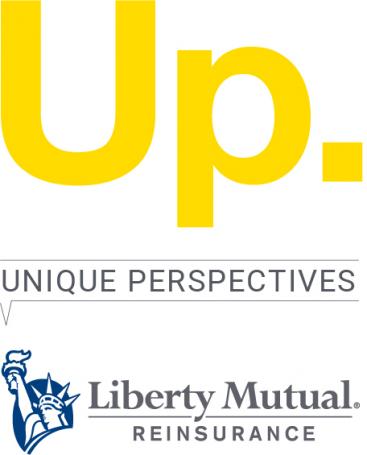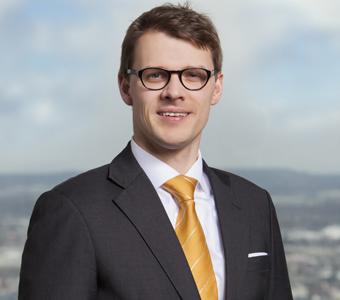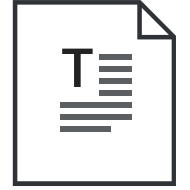The writer Ernest Hemingway said: “The best way to find out if you can trust somebody is to trust them.” If that’s the case, then the insurance and reinsurance industries have been engaged in a very long, drawn out process of discovering to what degree they can trust natural catastrophe risk models. It’s a relationship that has not been without its bumps. But 2020 served up the biggest bump of all: the coronavirus pandemic. So once again the re/insurance sector finds itself addressing that most difficult of questions: how best to use the risk models on which we base so many of our assumptions.
It’s now over 30 years since the birth of computerised natural catastrophe modelling for the re/insurance industry. Three providers – RMS, AIR and Eqecat – sprang up in the late 80s and early 90s and, it’s true to say, remain the backbone of big-ticket modelling to this day, although now augmented by a range of other vendors. New and more powerful computers allowed these pioneers to realise the benefits of a century of scientific advances in the field. This was the genesis of cat models as we understand them today – models that became a seemingly irreplaceable tool in what appeared to be an increasingly complex world.
Growing dependence
Fast forward 30 years and those early cat models have proliferated and grown in both complexity and stature. Models have become part of the underwriter’s tool kit. As the financial stakes in reinsurance have increased, so the need to support arguments, assess exposures and search for hidden accumulations of risk has grown. Today, underwriters use them to quantify risk and price it accurately. But in tandem, reinsurers and insurers now use the models to assess their own enterprise risk. In addition, the rapid expansion of online commerce and the internet of things has given rise to a new wave of cyber risk models, which our industry is learning to use.
But COVID-19 has caused some to ask questions. According to our P&C models, pandemics are rare – so-called grey swan events that happen once every 100 years or so. Yet during the 20th century, there were three true worldwide outbreaks of influenza – 1918, 1957 and 1968 – plus several near-misses in the form of MERS and SARS, not to mention Ebola, which required a concerted effort to control the outbreak in Africa. So, have we got the probability right? Is the frequency correct? And to what degree have we understood the interconnectedness of risks?
The current pandemic is revealing layer upon layer of connections that we will not fully comprehend for some years to come. The extent of the pandemic’s impact also exceeds our industry’s estimations. We all knew that people would become ill and some would sadly die; what we had not understood was the way in which governments and populations would react – conspiracy theories, anti-vaxxers, civil unrest, political volatility. Human behaviour, it appears, is exceptionally difficult to predict.
Reframing models
If there is a key to understanding the benefits and limitations of models, it is the realisation that they are an approximation of reality – which gives rise to the question: how well can we accurately model a complex and ever-changing reality? Even today, with the aid of artificial intelligence and machine learning, we have yet to create a risk model that truly approximates the world as we know it. But what the models can do is provide us with an approximation of reality.
At Liberty Mutual Re, in order to get the best from our models, we’ve adopted what we call our three pillars principle: the model itself, the data we feed into it and a less quantifiable factor that we will call ‘gut feel’.
Data is critical – and that’s something reinsurers possess in huge quantities. If, in some bizarre science-fiction style event, all the cat models stopped working, our data would allow us to have a sound understanding of the present moment. What it does not do in isolation is allow us to make predictions, which is where the model itself comes in. This will provide us with the clues we need as to what the future will look like and what to base our assumptions on.
Human intuition
The third pillar – gut feel – now comes into play. We have teams of highly knowledgeable underwriters and analysts with many years of experience in the reinsurance industry. Their reaction to a model’s output must be taken into consideration. Catastrophe analysts and underwriters don’t simply use models; they invest many hours of their time in understanding the way in which they work, what presumptions they make, what weighting they give to different factors. Our catastrophe analysts and underwriters will also engage in regular dialogue with a model’s vendor and attend their presentations. Insight and feedback from claims colleagues on historical developments, claims trends and market intelligence can validate a gut feeling. What this means is that when an underwriter tells us that their gut feeling is out of sync with a model’s output, we take that response seriously.
If one accepts that any model is an approximation of reality, the results it produces must naturally be treated with a degree of healthy scepticism. At Liberty Mutual Re, we don’t just accept a model’s answers; we interrogate it – creating a dialogue that informs our thinking. And what this means is that our thinking is not always aligned to the rest of the market. Start-up reinsurers tend to have fewer resources and even less data, so may find themselves having to rely more heavily on models and their outputs. By contrast, the largest reinsurers may well create their own models but, due to their scale, may place greater weight on clearly defined processes than human input.
As a well-established reinsurer, we feel Liberty Mutual Re is in a relatively good position because we have the data and the models, but we’re people-centric enough to challenge the results. The net result is that our clients often tell us that our pricing does not necessarily mirror the wider market. In our view, that means we’re balancing model output and underwriter sentiment to achieve the right price.
Undiminished influence
Even as the pandemic raises so many questions, the influence of models remains undiminished, although some might venture that levels of trust in them have been eroded. Indeed, the impact of models is so powerful that they are one of the few factors that can move the market, as some recalibrations have shown in recent years. As technology advances, it’s likely we will see more models spinning off from the major providers, particularly in relation to emerging risks. The development of new and more sophisticated algorithms will doubtless play a big part in this.
Even the most advanced model is simply a tool to improve underwriting and close the insurance gap. Make the mistake of treating it as an oracle and the trust you have placed in it is likely to be dented. Treat it as a tool whose workings can be guided by a skilled underwriter and the results will be in the correct context.
Oracles are worshipped right up to the moment they get it wrong; tools are as effective as the people who wield them.



